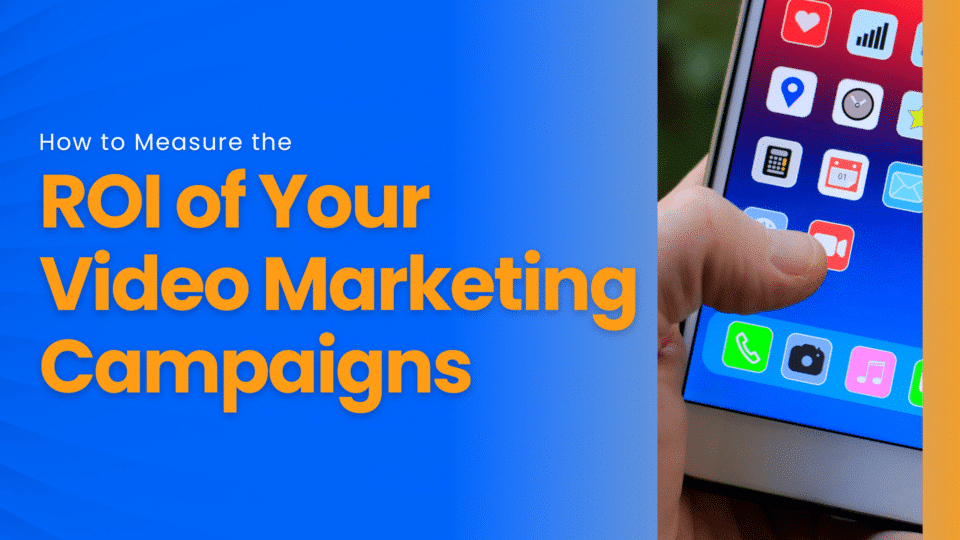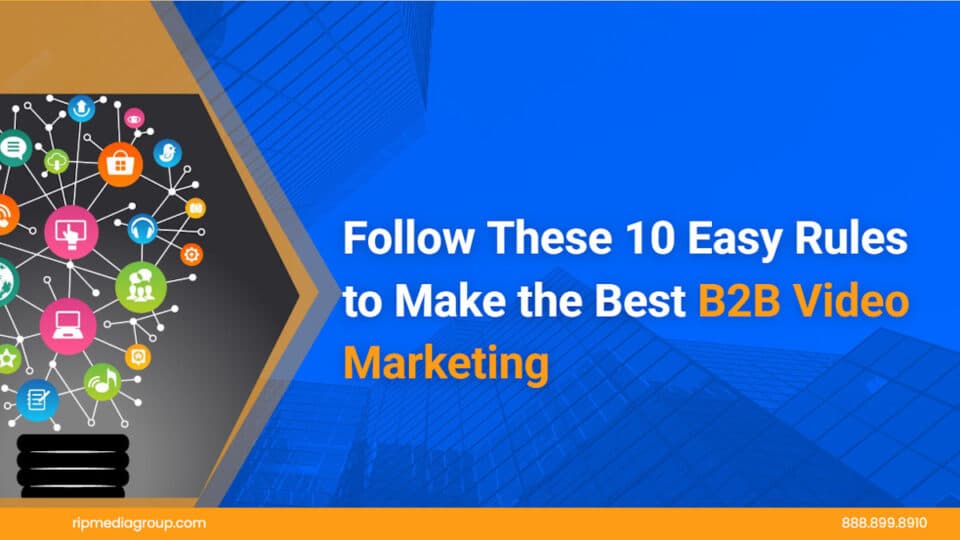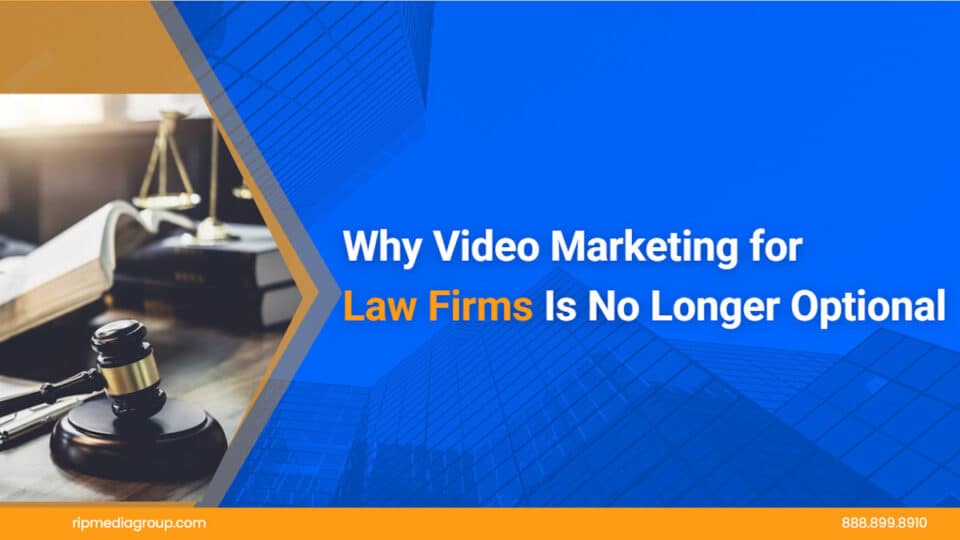In business, video has become the modern-day marketer’s magic wand. Whether it’s a product demo or a snazzy explainer video, businesses are increasingly leveraging the power of video to engage audiences and boost sales. But, as with any tool, the proof of its efficacy lies in the numbers. How do you evaluate the success of your video marketing campaign? Let’s dive deep into the world of Video Marketing and explore the best methods to measure its ROI.
1. Defining Success in the Realm of Video Marketing
Firstly, it’s crucial to define what success looks like for your video marketing campaign. Are you aiming for brand awareness, increased sales, or perhaps more engagement on social media? Identifying clear objectives will help you design a roadmap towards measurable results.
Remember that video, like any marketing strategy, is not a one-size-fits-all solution. As highlighted in 10 Common Reasons Your Marketing Videos Failed, it’s easy to miss the mark if you don’t cater to your audience’s needs or address the unique pain points of your market.
2. Video Marketing Metrics You Can't Ignore
To truly understand your video marketing ROI, focus on these key metrics:
- View count: Indicates the reach of your video.
- Watch time: Reveals audience engagement and attention span.
- Click-through rate (CTR): This will show how effective your call-to-action is.
- Social shares: A sign of the video’s shareability and organic reach.
- Conversion rate: Perhaps the most significant, this metric will tell you how many viewers took a desired action after watching.
3. The Financial Aspect of Video Marketing ROI
Of course, ROI in its purest form boils down to numbers. If you invested $10,000 in producing a series of videos and gained $50,000 in new business as a direct result, your ROI would be 400%.
But, it’s not always that simple. Video has a long tail; the benefits can be cumulative over time, especially when factoring in less tangible results like brand awareness and customer loyalty.
4. Compare & Contrast: The Role of A/B Testing in Video Marketing
A/B testing is a powerful method that involves creating two different versions of a video to identify which one resonates more with your audience. This can be crucial in refining your video marketing strategy.
Perhaps, using an animated explainer instead of a live-action one yields better results for your tech B2B company. Don’t just guess; test. For inspiration on different video styles, visit Rip Media Group’s showcase for B2B explainer videos.
5. The Ripple Effect: How Video Marketing Boosts Other Business Efforts
Videos can play a huge role in boosting other aspects of your business, from SEO to social media engagement. As mentioned in Why Video Marketing and Storytelling Are Essential for Social Media Selling, a compelling video narrative can lead to massive spikes in social media activity and engagement.
Remember the tale of the startup that released a simple product demo video and witnessed an unexpected surge in website traffic? That’s the ripple effect of video marketing.
6. The Role of Feedback in Enhancing Video Marketing
It’s not just about numbers. The quality of feedback you receive about your videos can provide a goldmine of information. What parts did viewers find compelling, confusing, or entirely off-putting? This feedback can guide you in refining future videos and can often be more valuable than any statistic.
For a deep dive into the importance of understanding and interpreting feedback, check out the insights from the Rip Media Group’s blog.
7. Aligning Your Videos with Your Sales Funnel
Every video you create should have a specific place in your sales funnel. Are you targeting top-of-the-funnel prospects who are just becoming aware of your solution? Or are you creating content for those at the bottom of the funnel who are almost ready to purchase? Recognizing where your video fits can help you craft targeted content and measure its success more effectively.
8. Understand the Longevity of Video Content
Unlike other marketing strategies that might have a short lifespan, a well-produced video can be evergreen. That means it continues to drive ROI long after its initial release. This is especially true for educational content or business explainer videos which can serve audiences over extended periods.
9. Dive Into Audience Demographics
One of the remarkable benefits of digital video marketing is the ability to gather detailed demographic data. Platforms like YouTube provide in-depth analytics on who’s watching your videos – from age and gender to location. Understanding your audience’s demographics can help in refining your marketing strategy and creating more targeted content.
10. Crafting the Perfect Call-to-Action (CTA)
The ultimate goal of most videos is to inspire action. Whether it’s signing up for a newsletter, making a purchase, or scheduling a consultation, your CTA can make or break the video’s success. It’s vital not just to have a CTA, but to craft one that resonates with viewers and feels like the natural next step after watching your content.
For detailed insights on making effective CTAs and more, learn how to make a product demo video that speeds up your sales.
Final Thoughts
The vast realm of video marketing might seem like uncharted waters for many businesses. But with the right compass – in the form of metrics, testing, and a deep understanding of your goals – you can sail smoothly towards measurable success. Be patient, be consistent, and above all, keep an eye on the data.
Want more tips on crafting the perfect script for your marketing videos? Check out these 6 easy steps to improve your script. Remember, the magic starts with a compelling narrative.
Three things you can do to keep fast track of your learning:
- Connect on Linkedin as I share valuable lessons weekly.
- Grab your FREE guide about the 6 Stories You Need to Make Money.
- Check this Masterclass and learn how to address your customer’s pain points and create a masterful, brand story that engages, and sells – even while you sleep.
Related posts
October 23, 2025
July 31, 2025
May 16, 2025






